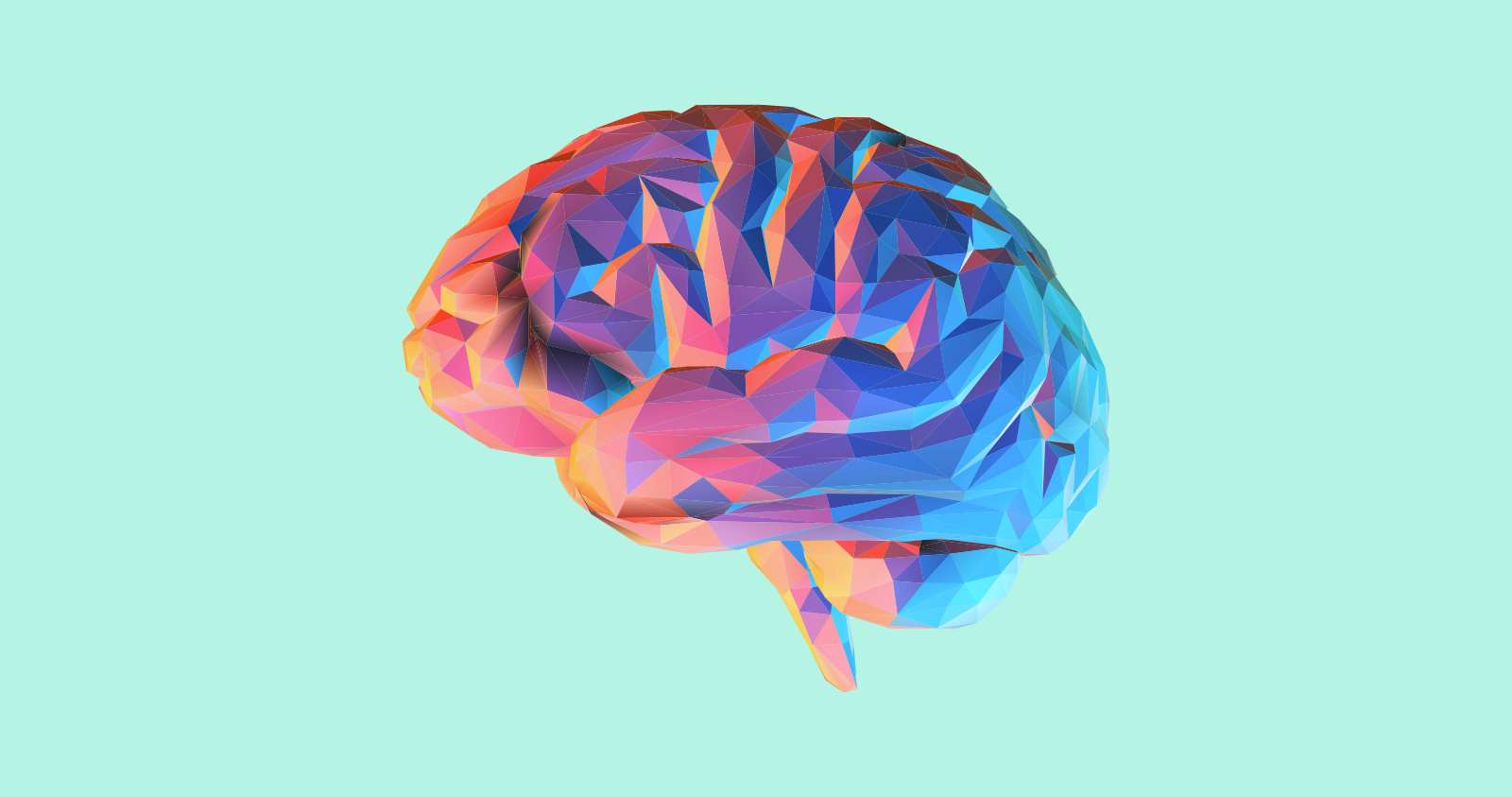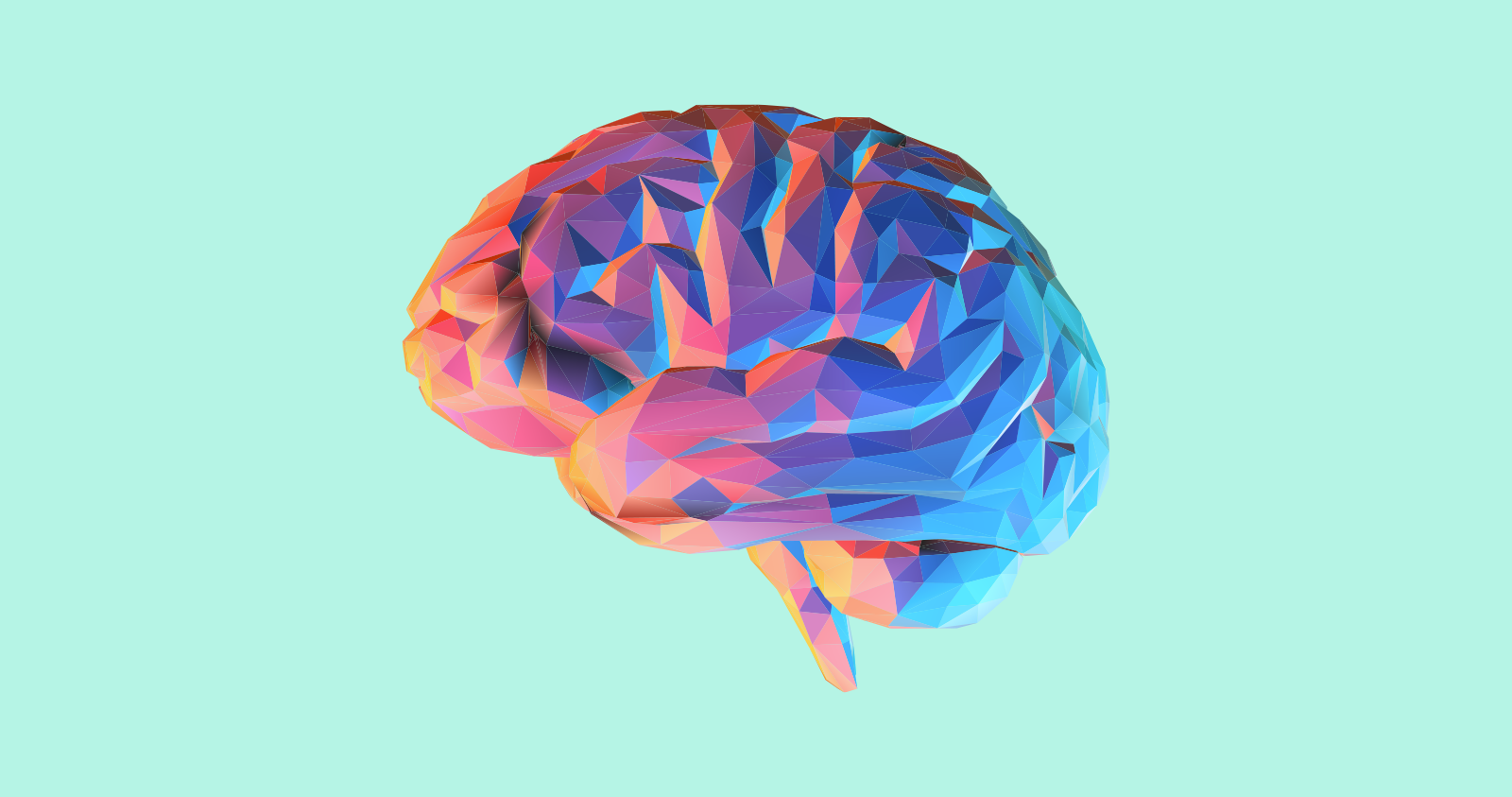The Marketer's Guide to the Brain
Have you ever wondered how ads, images, and sounds affect your brain? We break down the latest neuroscience research to give you the brain's marketing map.


It goes without saying that the brain is an immensely complex organ.
As Professor Jeff Lichtman put it,
“if everything you need to know about the brain is a mile,” we’ve walked “about three inches.”
While they are only a few inches into the race, neuroscientists have mapped certain regions of the brain well. To keep from getting too “heady,” we’ll walk you through the different regions of the brain as they relate to traditional marketing tactics.
You will have a sense of confidence knowing which parts of the brain light up when a customer sees your latest Facebook ad variant or pop-up shop you're hosting.
Imagine that a potential customer is looking at your advertisement, what parts of the brain are involved in perceiving the content of the ad?
In order to see the image, the consumer’s occipital lobe, the area responsible for processing visual information, receives and processes visual stimuli from the eyes. This part of the brain processes the colors, shapes, and movements of the world around it. Likewise, the design choices of your advertisement will first be processed here and how something looks will affect its perception throughout the brain.
Fun fact: Though taste is processed through the parietal lobe of the brain, people have been found to rate neutral tastes as more pleasant after viewing images of high-calorie food.

Images can even provoke a sensation of sound.

Any sound in the advertisement will be interpreted in the temporal lobe, the region of the brain that processes auditory information. Wernicke’s area, the part of the brain crucial to comprehending speech, resides here. Activity in the temporal lobe has been found to increase when people listen to emotionally significant music, suggesting there is power in the use of music. It’s part of why Nike ads like this have such an effect on people:
The temporal lobe is also responsible for recognizing human faces and objects and for remembering semantic knowledge of objects. The fusiform face area in this region is part of what makes the human brain particularly attuned to prioritizing the perception of human face. It's why you'll recognize a face in the strangest patterns.
This bias can be applied in the visuals of an advertisement by including human faces or designs that have similar features to the human face—they are a special kind of visual stimulus to the brain.
Think about MailChimp’s logo:
“Freddie”, Mailchimp’s playful monkey mascot, is a good example of how this can be leveraged. By using a primate they’re able to tap into our ability to personify the character, while keeping it light and cheerful. It makes the brand seem easy to connect with, reflecting its small-business background and focus.
There are other opportunities with this part of the brain, because this region is responsible for object recognition memory. When it comes to recognizing different images, marketers are able to create greater preference for their branding by taking advantage of something called the mere exposure effect.
The mere exposure effect is a psychological phenomenon where people like something more after repeated exposure to it. Because familiar faces and objects are more easily recognized and better liked, using clear and well-known imagery in an advertisement might promote a positive association with the product.
This could also be a reason for trends in design—when a new company uses similar typefaces and colors to those in the market, people may be already primed to see them in a positive light. For example, the typeface Helvetica is one of the most used and recognizable fonts. Although you may feel like you’re seeing the same types of consumer product ads on Instagram, there is a science for why they still work.
Beyond sound and imagery, the advertisement will probably (not always) involve information about the product, whether it’s meant to be informative, funny, or emotional. If the information is emotional in nature (and effective) it might invoke a response in the limbic system. This is the system in the brain responsible for emotions and learning that includes a portion of the thalamus, the amygdala, and the hippocampus.
You can take advantage of the limbic system’s (and in particular the amygdala’s) role in memory as it is affected by emotion. Emotionally-affecting stimuli activates the amygdala, a set of neurons in the limbic system linked to fear and pleasure. Activation of the amygdala is then linked to attention allocation and prioritized memory. Because emotion can affect memory through the amygdala, advertisements that effectively draw an emotional response from the consumer could help to increase the chances they remember them.
The consumer’s frontal lobe is the seat of executive function. It’s where rational thought is believed to exist. This is the part of the brain mainly responsible for managing attention, short-term memory, planning, and thinking—all of which are important to convince a customer a product is worth having.
The frontal lobe is the part of the brain associated with personality.
When we’re utilizing our Sorter Segments to predict a customer's personality and to produce targeted messaging or creative, we are targeting the differences in how people’s frontal lobes process information.
In fact, damage to the frontal lobe can actually produce personality changes. Beyond that, the frontal lobe is where high-level cognition takes place, and it’s responsible for intelligence, memory, temper, and concentration. In advertisements that contain informational text regarding the product’s future impact, the frontal lobe and its relation to planning can be activated.
The earliest neuromarketing study put this type of information to use by studying brain activity in relation to brand choice, Pepsi versus Coke.
Scientists measured activity in different parts of the brain in order to understand how knowledge of a brand would affect the experience of drinking the beverage.
When experimental participants did not know which brand was which and had to choose the drink they preferred purely on taste, their judgment was related to activity in the ventromedial prefrontal cortex, a part of the frontal lobe that considers appetitive reward value in decision making. Participants split equally in their preference.
However, when participants knew which brand they were drinking, the dorsolateral prefrontal cortex (again a part of the frontal lobe), the hippocampus, and the midbrain were found to have more activity.
Scientists noted that the dorsolateral prefrontal cortex and the hippocampus were previously found to be linked to emotion, showing to the cultural and emotional power of Coke’s brand over the simple sensory taste of Coke versus Pepsi.
Long story short, a market-leading brand like Coca-Cola affects the brain differently. This study showed that because Coke is so culturally strong, the emotional connection to the drink trumps the taste.
Ultimately, basic knowledge of the different areas of the brain and how they are involved in the perception of products can be useful to a marketer. Traditional neuromarketing studies, using EEGs, MEGS and fMRIs, make their conclusions by measuring the activity in these different parts of the brain.
If you want to know whether your product truly elicited an emotional response, or whether the choice was more based in reasoning and planning, measuring activity in the brain would make the impact clear.
An fMRI isn’t always practical or economically viable, so it’s important to know that branding can have a clear effect in certain neurological areas. The perception of a leading brand will have a different effect in the brain compared with a challenger brand, as seen in the Pepsi versus Coke study.
There are many opportunities to tap into the different systems because the brain is processing content on many different levels. Knowing how a certain area of the brain will react to, or perceive, particular stimuli gives the marketer an advantage: whether it’s through knowing that emotional reactions will cause stronger memories, that decision-making takes place in the frontal lobe, or that familiar imagery might be more positively viewed than the unfamiliar.
Sorter’s goal is to use this map to create more meaningful and impactful relationships between brands and people. This doesn’t mean tapping into the limbic system to get more and more exaggerated responses. Instead, it’s about leveraging what we can see and observe in people’s decision making patterns to provide experiences that are in sync with the way people think, feel, and ultimately want to behave and perceive the world.
For more info on Sorter, personality science, and neuromarketing please visit www.sorter.com

